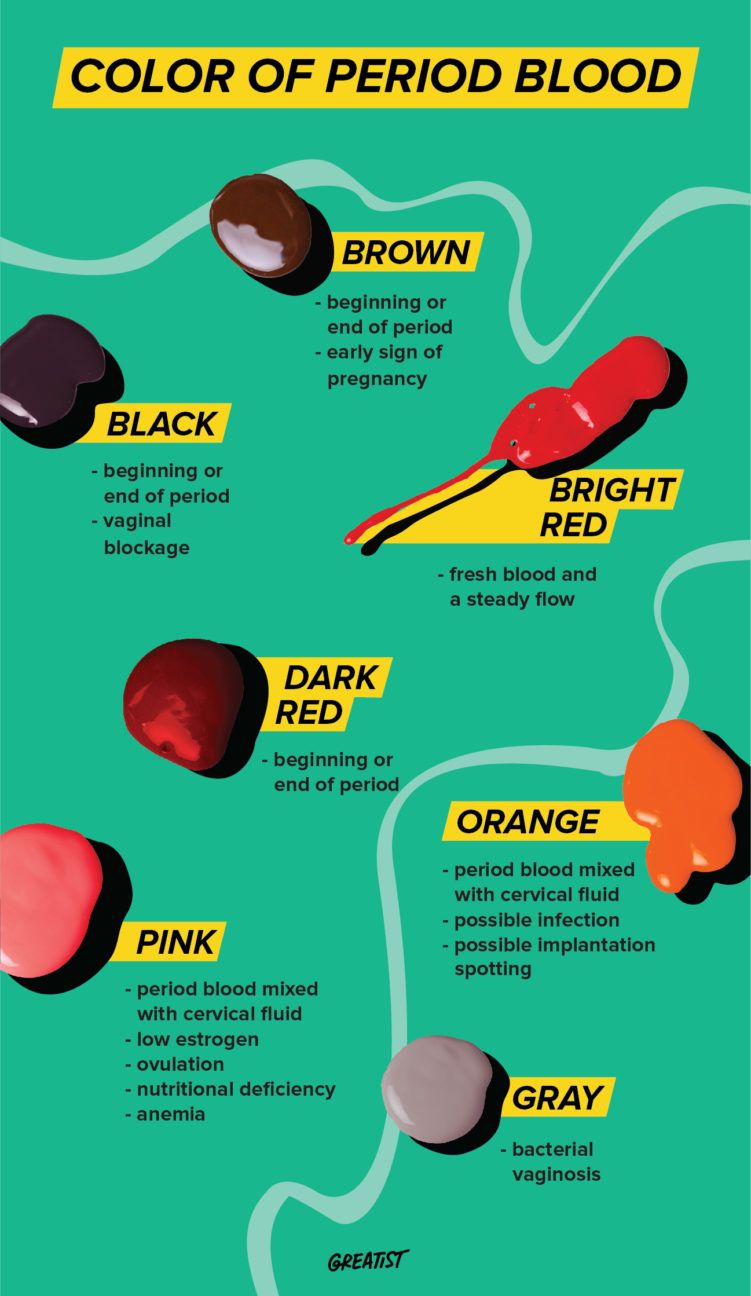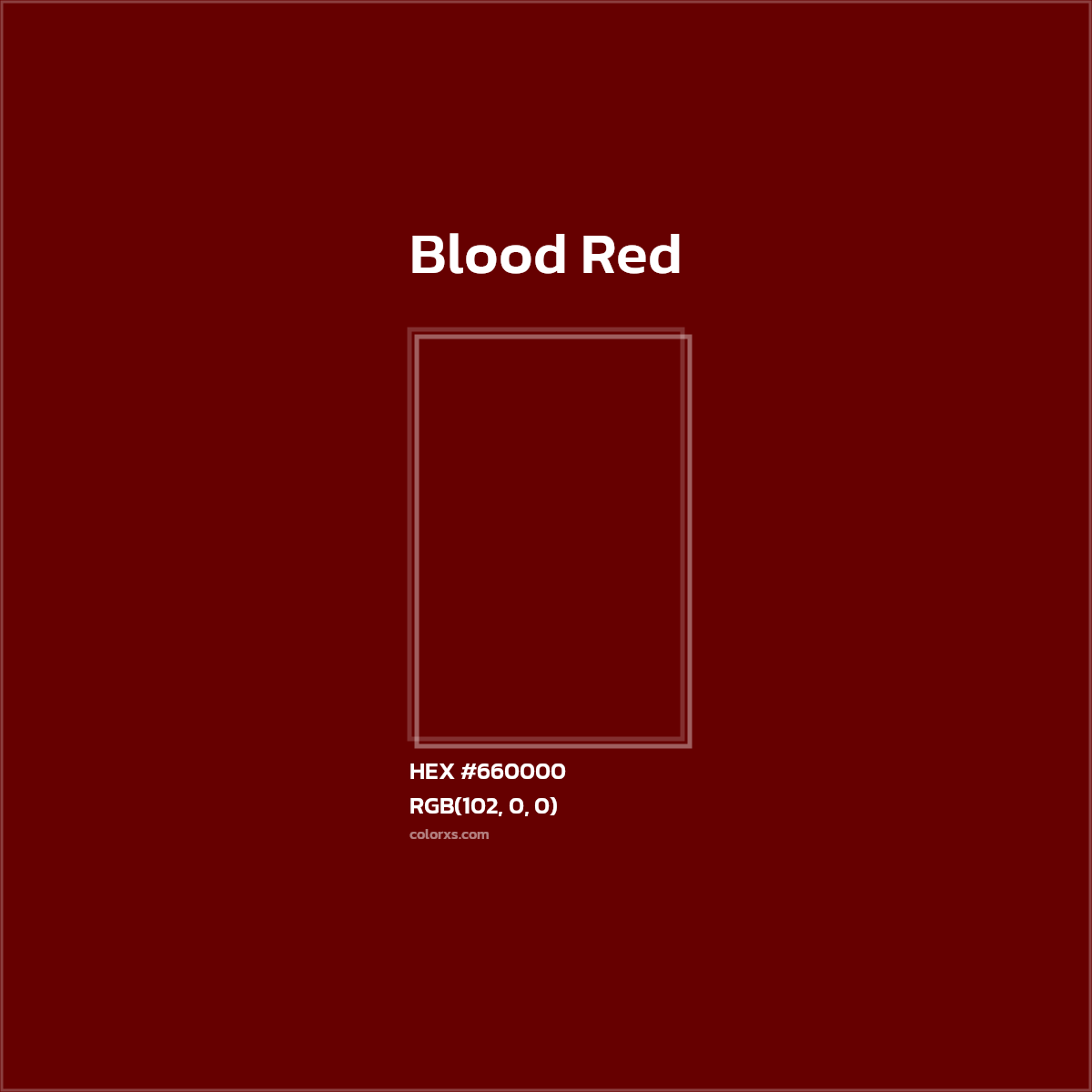Have you ever wondered about the color of your blood? Most of us probably take it for granted, assuming it’s always the vibrant red we see in movies. But have you ever stopped to think about why it’s red in the first place? And is it always red? The truth, as with many things in the body, is a little more complex than it seems.

Image: flashugnews.com
Years ago, I remember being fascinated by a scene in a medical drama where a doctor exclaimed, “The patient’s blood is blue!” It seemed so unbelievable, like something out of a fantasy novel. But the scene stuck with me, and I started to wonder if there was any truth to it. My curiosity led me down a rabbit hole of research, delving into the science behind blood, its components, and the fascinating reasons why it appears red. And it turns out, it’s not always the color we think it is.
Inside the Red Sea: The Hemoglobin Connection
The color of your blood is primarily determined by a protein called hemoglobin, found within red blood cells. Hemoglobin’s main job is to transport oxygen from your lungs to the rest of your body. It does this by binding to oxygen molecules, which creates a bright red color.
Think of it like this: Imagine a tiny car (the hemoglobin molecule) that can carry four passengers (oxygen molecules). When the “car” picks up its passengers (binds to oxygen), it turns red. However, when the “car” drops off its passengers (releases oxygen) in tissues throughout your body, it becomes darker, more bluish-red. This is why blood in veins, which is returning to the heart without much oxygen, appears darker than blood in arteries, which is carrying oxygen-rich blood away from the heart.
The Myth of Blue Blood
The term “blue blood” often conjures images of royalty and aristocracy. However, the real reason it earned this name has nothing to do with blood color. In the past, people with pale skin, a sign of nobility who didn’t work outdoors, were often described as having blue blood because their veins were more visible.
However, a common misconception persists – that blood is actually blue inside our bodies. This idea has its roots in the fact that blood returning to the heart through veins can appear bluish through the skin. However, this is merely an optical illusion due to light scattering and absorption. Blood is, in fact, always red, regardless of whether it’s oxygenated or deoxygenated.
Other Colors of Blood
While human blood is primarily red, the color of blood can vary in other animals. For example, lobsters and horseshoe crabs have blue blood because it contains hemocyanin, a protein that uses copper to carry oxygen instead of iron. This gives their blood a distinct bluish-green color.
And then there are the fascinating cases of certain marine worms and insects that have blood that’s actually green! Their blood contains chlorocruorin, a protein similar to hemoglobin but with a different structure that gives it a greenish tint.

Image: www.colorxs.com
The Importance of Healthy Blood
Understanding the color of our blood is important because it tells us about our overall health. If our blood is not the normal bright red color, it can be a sign of an underlying medical condition. For example, pale or yellowish blood can indicate anemia, a condition where the body doesn’t have enough red blood cells.
While we can’t see our own blood flowing inside our body, understanding the science behind its color can help us appreciate the complex chemistry that keeps us alive. We can also be more mindful of our health, recognizing that any significant change in blood color could be a signal to seek professional medical advice.
Tips for Keeping Your Blood Healthy
Just like any other vital organ, your blood needs proper care. Here are a few tips to help maintain healthy blood circulation and overall health:
- Eat a healthy diet: Focus on fruits, vegetables, whole grains, and lean proteins.
- Exercise regularly: Regular physical activity helps improve blood flow and circulation.
- Stay hydrated: Drinking plenty of water helps maintain blood volume and keeps your blood flowing smoothly.
- Manage stress: Chronic stress can negatively impact blood pressure and overall health.
- Get regular checkups: Don’t neglect routine blood tests as these can help detect any potential issues early on.
Maintaining a healthy lifestyle is crucial for good blood health. By following these simple tips and paying attention to your body, you can keep your blood pumping efficiently and support your overall well-being.
FAQ
Q: What causes blood to turn dark red or even black?
A: Deoxygenated blood appears dark red or even blackish-purple when it returns to the heart through veins, as it lacks the oxygen that makes it bright red.
Q: Is it possible for someone to have blue blood?
A: No, human blood is always red, but veins can appear blue through skin due to how light is scattered and absorbed.
Q: What are some signs of unhealthy blood?
A: Unhealthy blood can be indicated by a change in color (like appearing paler or yellowish), fatigue, dizziness, shortness of breath, or frequent nosebleeds. If you experience these symptoms, consult a doctor as soon as possible.
What Is The Color Of Your Blood
Conclusion
So while it’s not always the vibrant crimson we see in movies, blood is vital for our survival. From carrying oxygen to our cells to fighting off infections, it plays a crucial role in maintaining our health. Remember, a healthy lifestyle that includes a balanced diet, regular exercise, and stress management can help ensure your blood stays healthy.
Did this article answer your curiosity about the color of your blood? Were you surprised to learn about the different colors of blood found in other animals? We’d love to hear your thoughts!





